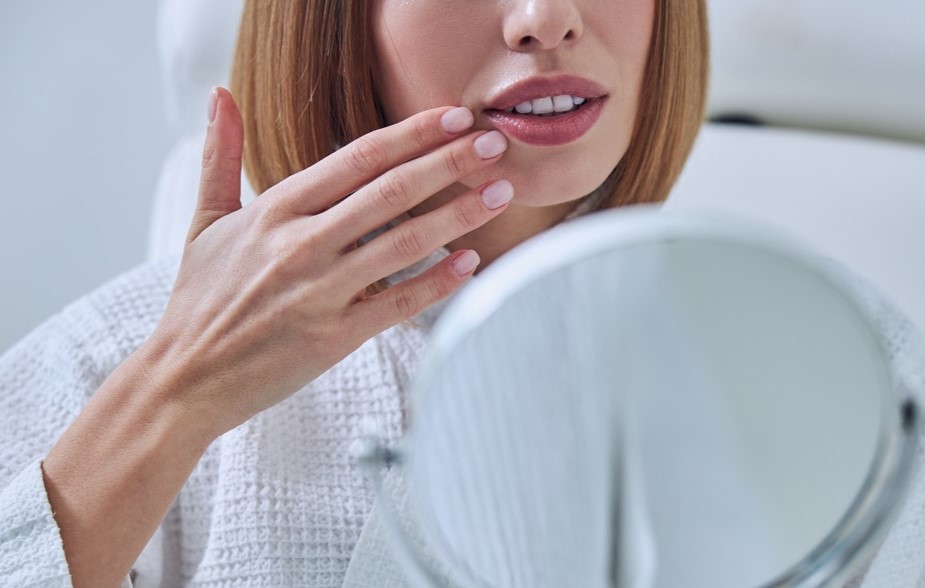Vaping is often marketed as a safer alternative to smoking, causing less damage when it comes to your teeth. However, the effects of vaping on your teeth and gums are far from harmless.
While e-cigarettes don’t contain tobacco, the ingredients in vape liquids can still have a negative impact on oral health, potentially leading to staining, gum problems, and even enamel damage.
How does vaping cause damage to teeth?
Unlike traditional cigarettes, vapes don’t produce tar, which is a common cause of yellowed teeth in smokers. However, many vaping liquids contain nicotine, flavourings, and other chemicals that can contribute to oral health issues
Here’s how vaping can cause damage to your teeth and gums.
Nicotene
One of the biggest concerns is nicotine. Nicotine restricts blood flow, reducing the amount of oxygen and nutrients that reach the gums. Over time, this can lead to gum recession and increase the risk of periodontal disease.
Dry mouth and enamel erosion
Vaping also contributes to dry mouth by reducing saliva production. Saliva plays a crucial role in neutralising acids, washing away bacteria, and keeping your teeth protected. Without enough saliva, your mouth becomes more vulnerable to plaque build-up, cavities, and bad breath.
Increased bacteria and plaque build-up
Some studies suggest that vaping increases the presence of harmful bacteria in the mouth. This can speed up tooth decay and lead to more plaque along the gum line, making you more likely to develop gum disease.
Potential for teeth staining
While e-cigarettes don’t cause staining as severely as traditional smoking, some vape liquids contain ingredients that can still discolour teeth over time, especially darker flavours.

Vaping while wearing braces or clear aligners
For those with fixed braces, vaping can contribute to gum inflammation, which may make treatment more uncomfortable. It can also lead to staining around the brackets, causing uneven colouring once your braces are removed.
If you’re undergoing orthodontic treatment, vaping can pose additional risks. For those wearing clear aligners, such as Smilelign, vaping while wearing your aligners can cause staining and lead to discolouration of the trays. This can make them more noticeable, reducing the ‘invisible’ effect that clear aligners are designed for.
Vaping can also cause plaque and bacteria to become trapped between your teeth and aligners. Since aligners create a sealed environment around your teeth, any harmful substances from vaping may be held against the enamel for longer, increasing the risk of decay.
How to protect your oral health
If you vape, maintaining a strong oral hygiene routine is essential. Brushing twice a day with fluoride toothpaste, flossing daily, and using mouthwash can help minimise the impact on your teeth and gums. Staying hydrated and drinking water after vaping may also help reduce dry mouth.
Regular dental check-ups are important to monitor any changes in gum health or enamel strength. If you’re wearing clear aligners or braces, keeping your orthodontic appliances clean is crucial to prevent staining and bacterial build-up.
However, the best way to protect your teeth is to stop vaping altogether. Reducing or quitting vaping can help prevent long-term damage and ensure your teeth and gums stay as healthy as possible, especially if you’re working towards a straighter, healthier smile.




